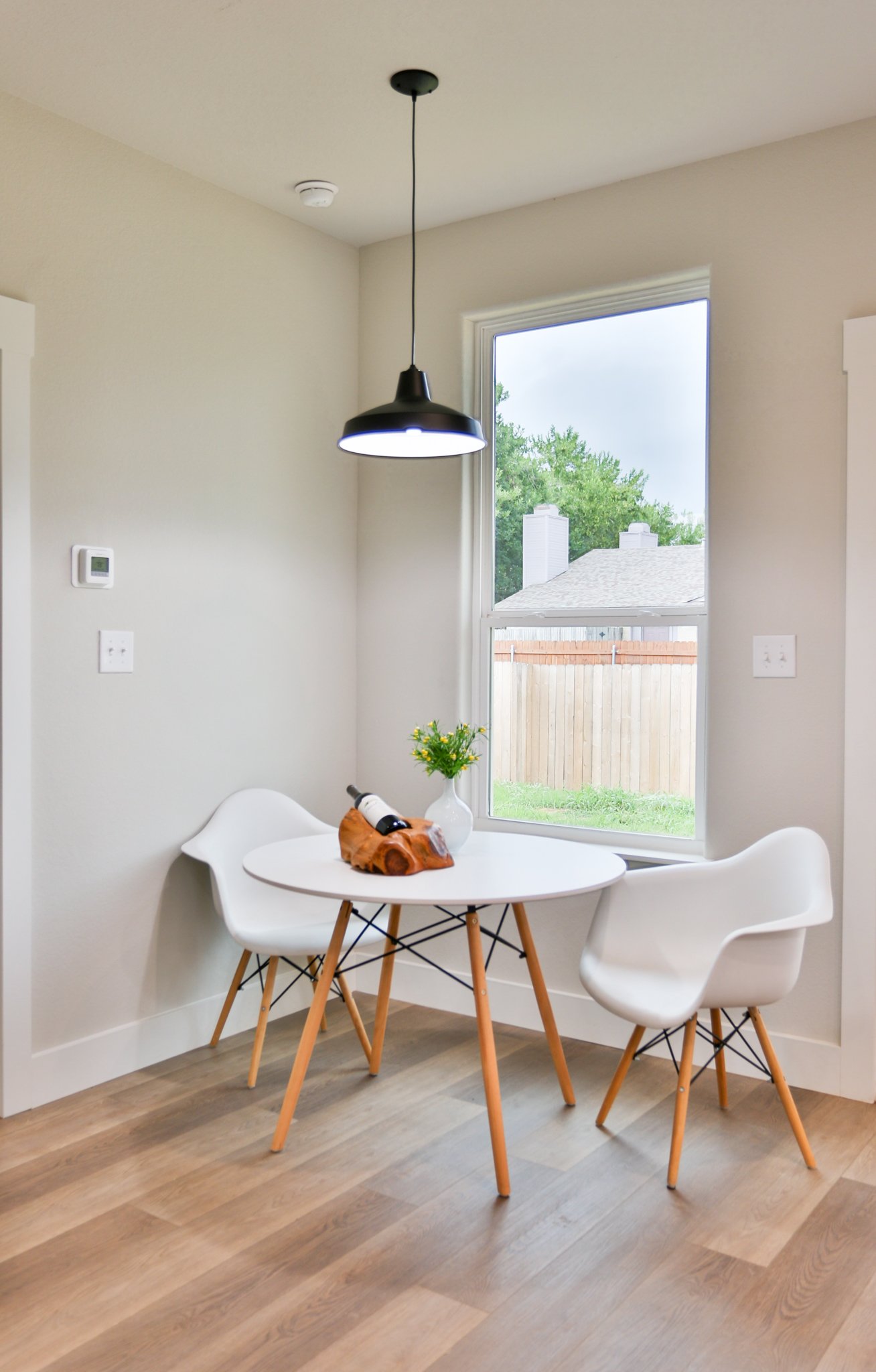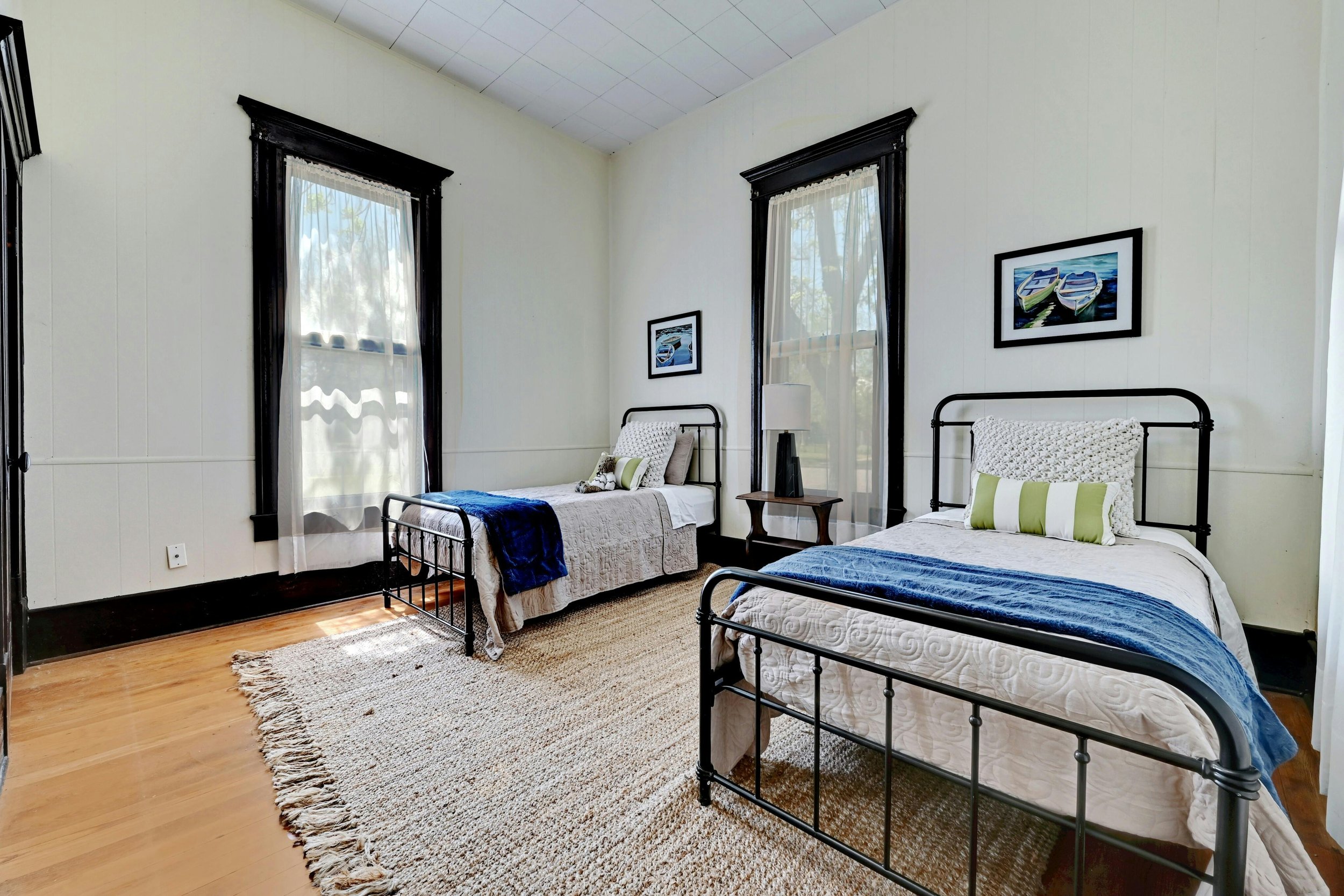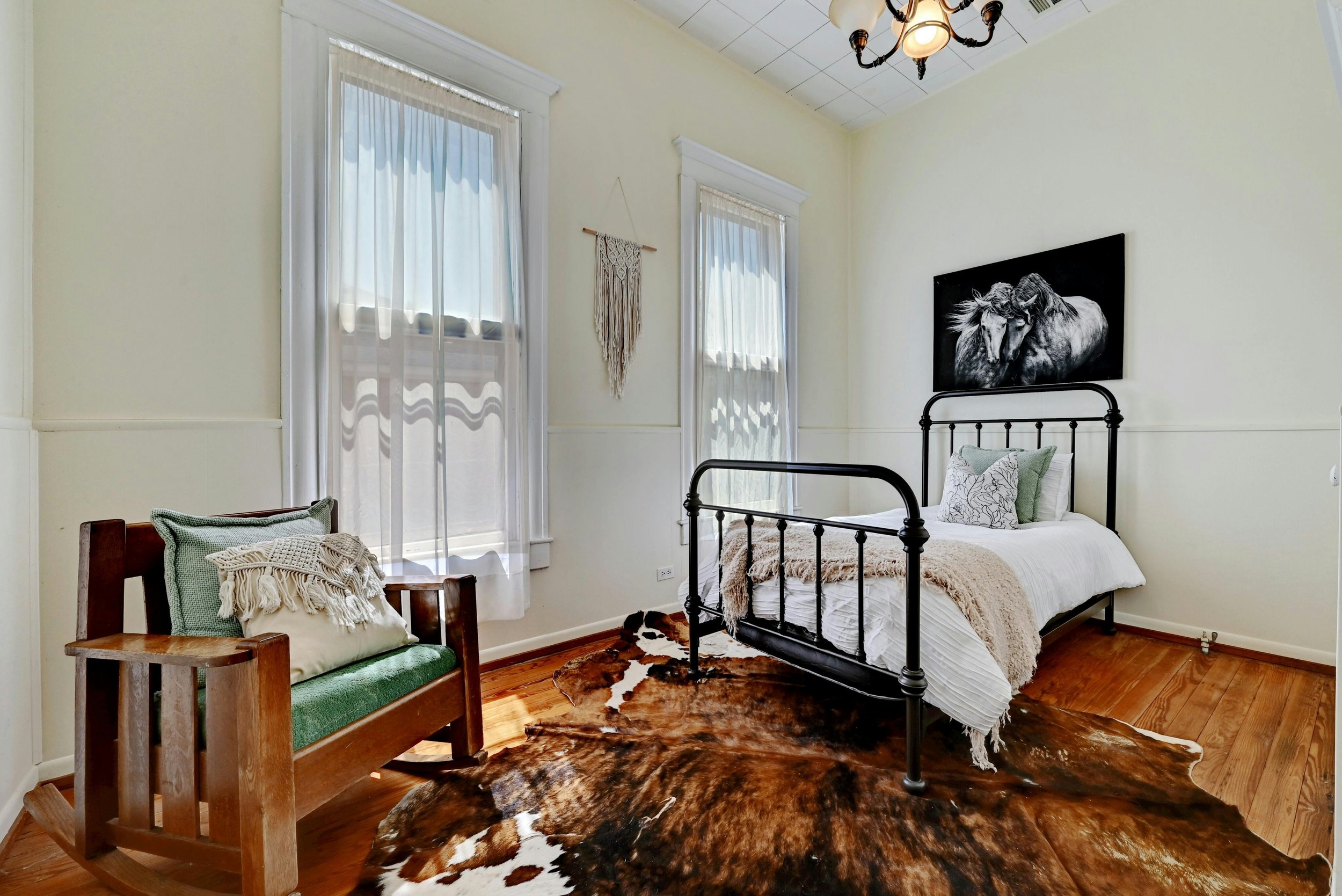Home Staging Tips
6 Essential Home Staging Tips to Sell Your Home Faster and for More Money











Selling your home can be a stressful process, but one of the most powerful ways to make it easier—and more profitable—is to stage your home effectively. Home staging is about presenting your property in the best light possible to attract potential buyers and help them envision themselves living there. Whether you're selling a cozy apartment or a spacious family home, these 6 essential staging tips will help your property stand out in a competitive market and create the perfect atmosphere for a successful sale.
1) Remove All Clutter
Clutter is a major turnoff for buyers. Stacks of boxes, old magazines, mismatched furniture, and even clothes scattered around the home can make a space feel cramped, chaotic, and uninviting. Start by decluttering each room in your home. Go through every closet, drawer, and surface, and remove anything that isn’t essential. If you have items that you don't use regularly, consider donating, selling, or storing them away until the sale is complete. The goal is to make every room feel spacious, organized, and easy to navigate. Remember, buyers need to be able to picture their own belongings in the space, and that’s hard to do if they’re distracted by piles of stuff everywhere.
2) Minimize Furniture
Too much furniture can make even the largest rooms feel cramped. Buyers want to see the full potential of each space, and wall-to-wall furniture can obstruct their view of the room’s layout. Remove any oversized pieces that make the room feel crowded or that block natural pathways. Keep furniture to a minimum while ensuring that the space still feels functional and inviting. This doesn’t mean stripping the room bare—just remove anything that doesn’t serve a purpose or that makes the room feel too busy. By doing this, you'll give your home a more open, airy feel, making it more appealing to buyers.
3) Remove Personal Items
When staging your home, one of the most important things to keep in mind is that buyers need to be able to envision themselves living there—not you. This means removing personal items like family photos, trophies, diplomas, and personal hygiene products. Buyers don’t want to see your medicine cabinet, and they certainly don’t want to see items like prescription bottles or bills on countertops. Also, avoid leaving out items like your toothbrush or soap in the bathroom—these are too personal for potential buyers to relate to. Creating a neutral space without too many personal touches will help buyers feel more comfortable imagining their own lives in the house.
4) Do a Deep Cleaning
A clean home speaks volumes. Buyers are naturally going to inspect every corner of the house, and if they see dirt, dust, or grime, it will leave a negative impression. To avoid this, do a deep cleaning of the entire home before showing it. This includes scrubbing the bathrooms (make sure toilets and sinks shine!), vacuuming carpets, wiping down kitchen surfaces, and getting rid of any visible dirt around baseboards. Pay special attention to areas that are often overlooked, like the tops of cabinets, light fixtures, and behind appliances. A clean home gives the impression of good upkeep and attention to detail, which can help create trust with potential buyers.
5) Paint Rooms That Have Bold or Bright Colors
While you might love your purple walls or neon green accent wall, bold colors can be a big turn-off for buyers. Many potential buyers will see these as something they’ll need to "fix" and will view them as extra work. Neutral tones, like soft grays, whites, or beiges, are far more appealing to the average buyer because they provide a blank canvas. A fresh coat of paint on rooms with bright or unique colors can go a long way in creating a calm, welcoming environment. It’s a relatively small investment for a significant return. Neutral walls make it easier for buyers to picture their own furniture and décor in the space, which could help them move from "just looking" to "ready to buy."
6) Boost Your Curb Appeal
First impressions matter, and the exterior of your home is the first thing potential buyers will see. If the outside of your home looks neglected, buyers may already have a negative opinion before they even step inside. To boost your curb appeal, start by mowing the lawn and trimming any overgrown bushes, trees, or hedges. Clear away dead plants, weeds, or any clutter on the porch, and consider adding a fresh coat of paint to the front door if it looks worn. Place a clean welcome mat in front of the door to make the entrance more inviting. If you have outdoor furniture, make sure it’s clean and well-arranged to give the impression of a welcoming, livable space. A well-maintained exterior shows buyers that the property is cared for and that they’ll be getting value for their investment.
Final Thoughts
Home staging is a powerful tool that can help you sell your property faster and for a higher price. By removing clutter, minimizing furniture, and focusing on cleanliness and curb appeal, you’ll be creating an environment where buyers can imagine themselves living and making memories. Don’t underestimate the power of a fresh coat of paint or the effect of a well-maintained exterior—sometimes, small changes can make a big difference. If you’re ready to sell, consider these staging tips to give your home the best possible chance of success.